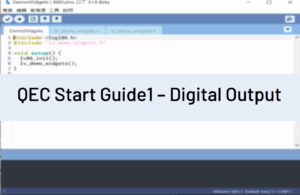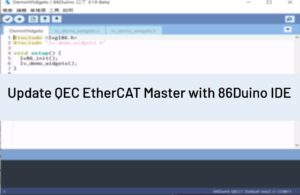[Control Structures]
Description
Like if statements, switch case controls the flow of programs by allowing programmers to specify different code that should be executed in various conditions. In particular, a switch statement compares the value of a variable to the values specified in case statements. When a case statement is found whose value matches that of the variable, the code in that case statement is run.
The break keyword exits the switch statement and is typically used at the end of each case. Without a break statement, the switch statement will continue executing the following expressions (“falling-through”) until a break, or the end of the switch statement is reached.
Syntax
switch (var) {
case label1:
// statements
break;
case label2:
// statements
break;
default:
// statements
break;
}Parameters
var: a variable whose value to compare with various cases. Allowed data types: int, char.label1, label2: constants. Allowed data types: int, char.
Returns
Nothing
Example Code
switch (var) {
case 1:
//do something when var equals 1
break;
case 2:
//do something when var equals 2
break;
default:
// if nothing else matches, do the default
// default is optional
break;
}Language Reference Home
The text of the 86Duino reference is a modification of the Arduino reference and is licensed under a Creative Commons Attribution-ShareAlike 3.0 License. Code samples in the reference are released into the public domain.



